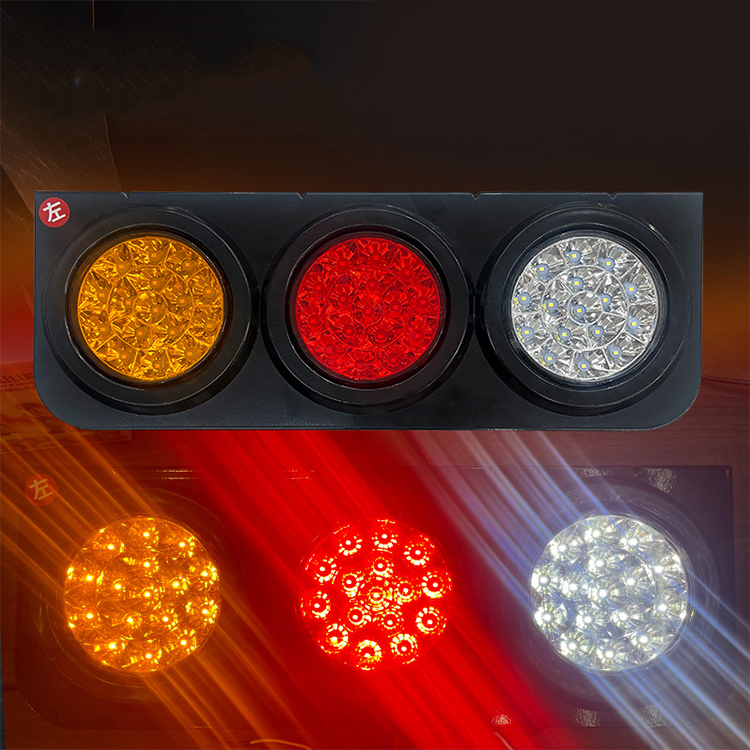A truck tailgate bar is an auxiliary LED light strip typically installed just below the tailgate of pickup trucks or utility vehicles. It complements factory lighting by offering additional brake, turn signal, and reverse lights in a linear format that is easier to see—especially at night or during inclement weather.

Many truck tailgate bars are designed to be weather-resistant and come in lengths that match common tailgate widths, such as 48 or 60 inches. The bar is usually affixed using automotive-grade adhesive backing, brackets, or screw mounts. Wiring is done by tapping into the existing tail light harness or connecting through a trailer light plug (4-pin or 7-pin connector), allowing for plug-and-play functionality in many cases.
The primary benefit of a truck tailgate bar is improved visibility for drivers following behind, particularly when the truck is braking or changing direction. It can also add a modern, custom appearance to the vehicle. Some versions even include sequential turn signals or strobing reverse lights for better signaling. Easy to install and relatively affordable, tailgate bars are a simple upgrade that enhances road safety.
The advancement in LED lighting has brought about notable improvements in snowmobile LED light kits, both in terms of brightness and intelligence. These kits are designed to be mounted along the body, frame, or undercarriage of a snowmobile, providing both functional and decorative lighting for nighttime or low-visibility riding.
A smarter snowmobile LED light kit includes features such as programmable light modes, smartphone app control via Bluetooth, music-responsive flashing, and remote operation. These systems allow riders to customize brightness levels, strobe patterns, and even synchronize the lighting to ambient conditions or vehicle movement.
In terms of brightness, today's kits use high-efficiency SMD or COB LED chips, which offer increased lumens per watt and better color rendering. White or amber lights are often used for functional illumination, while RGB lights provide aesthetic enhancements. Waterproof and cold-resistant designs ensure the system performs reliably even in freezing, snowy, or slushy environments.
Snowmobile indicator lights, including brake lights, turn signals, and hazard indicators, are essential for riders who share trails or roads with others. They improve communication with other vehicles and contribute to a safer riding environment. Choosing the right indicator lights involves evaluating several important criteria.
Durability is crucial. Snowmobiles operate in harsh winter conditions, so indicator lights must be waterproof, shock-resistant, and able to function in sub-zero temperatures. Look for products rated IP67 or higher to ensure protection against moisture and snow infiltration.
Second, consider brightness and visibility. LED indicator lights are preferred due to their quick response time and higher visibility in snowy or foggy conditions. Amber and red LEDs are typically used to conform with standard signaling conventions.
Mounting options are another consideration. Some lights are designed for flush mounting on the body or rear rack, while others may come with adjustable brackets for directional aiming. It's important that the mounting doesn't interfere with the snowmobile's suspension or bodywork and can withstand vibrations during operation.
Compatibility with the electrical system is also essential. Many snowmobiles run on 12V DC, and the indicator lights should match this voltage. In some cases, an external switch or relay may be needed to control turn signals or hazard flashers, especially if the snowmobile did not come equipped with them originally.
Lastly, check for legal compliance. In some jurisdictions, using snowmobiles on public roads requires working brake lights and turn signals. Choose indicator lights that meet local standards if legal road use is intended.